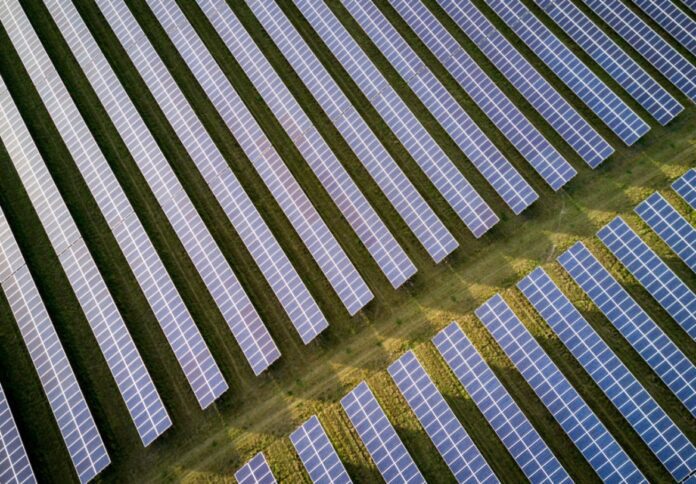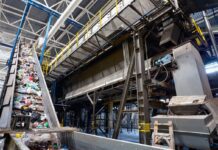
A recent report highlights a critical opportunity for the off-grid solar industry to extend the lifespan of solar products in rural and off-grid communities through enhanced repair initiatives.
Published by researchers from UNSW Sydney in partnership with Solar Aid, The State of Repair in the Off-Grid Solar Sector report urges industry investment in repair-focused approaches to boost energy access and reduce waste in remote areas.
Over the last decade, household solar products have transformed energy access in hard-to-reach regions, offering affordable electricity to millions.
However, these devices, often essential for daily needs, tend to fall into disrepair, posing a major challenge for communities relying on them.
According to the report, the industry’s repair practices are hampered by limited access to spare parts, modular designs, consumer protections, and adequate repair training.
“If these products can be repaired, people will have better and more consistent access to light and electricity at the household level,” said Associate Professor Paul Munro, report co-author from UNSW’s School of Humanities & Languages.
“It would reduce waste flows in countries where recycling and waste processing facilities are often limited and would enhance the sector’s sustainability and reputation.”
Widespread use, limited longevity
The report estimates that over 375 million solar energy kits have been sold worldwide, primarily to populations in the Global South, illuminating more than half a billion people.
Despite this success, more than 250 million of these products are believed to have broken down prematurely.
Short warranties, typically lasting one to two years, and product durability averaging three to four years are concerns that clash with the sector’s sustainable image, according to A/Prof. Munro.
The report notes that 90% of broken products are technically repairable, but many households retain broken devices, hoping they can be fixed in the future.
“Access to spare parts is a significant challenge for off-grid solar distributors,” A/Prof Munro explained, citing the logistical difficulties of reaching remote areas for repairs.
Repair challenges and recommendations
According to the report, repair challenges extend to product design as well. When products break down under warranty, manufacturers often replace rather than repair, even for minor issues.
Batteries are the most common source of repair needs, suggesting that standardised, widely available batteries could streamline repairs.
The report calls for manufacturers to embrace a more open approach to repairs, suggesting that distributors and third-party technicians could play a larger role in maintaining products.
“So, where possible, the types of batteries used in off-grid solar products should be standardised, made more readily available in locales, and integrated with repair-friendly designs,” said Dr Shanil Samarakoon, report co-author from UNSW.
Further recommendations include the development of open-access repair materials to enable basic DIY repairs and the adoption of a repairability rating system to guide consumers and investors in selecting products.
As the industry grows, UNSW researchers plan follow-up reports to track progress in repair initiatives, with hopes to see a shift toward longer product lifespans and widespread repair practices.
A/Prof Munro emphasised, “The sector should see repair as an opportunity to fulfil its responsibilities to its customers and the planet. Longer-lasting products and warranties, along with a repair-friendly approach, should become the norm.”


















